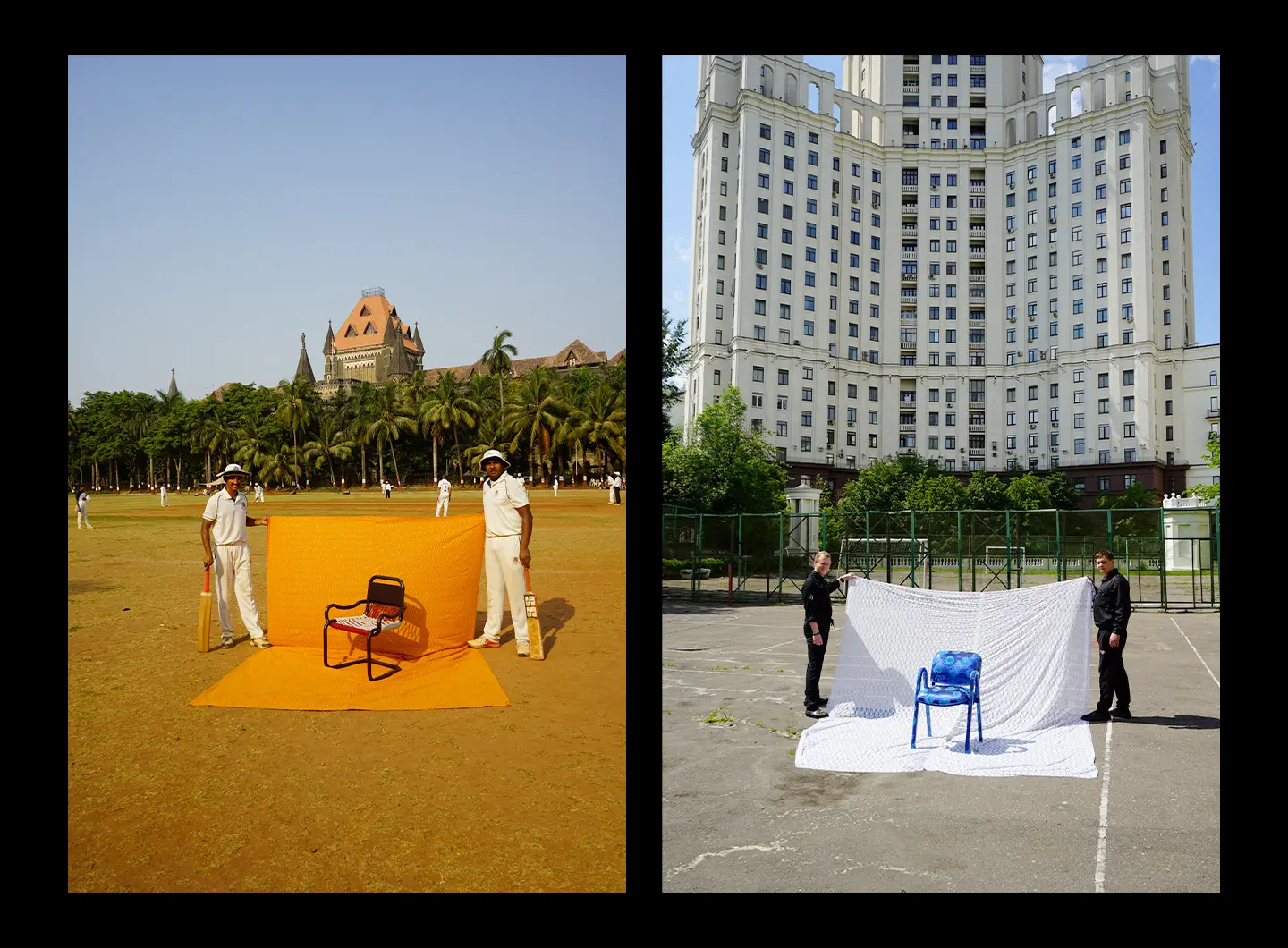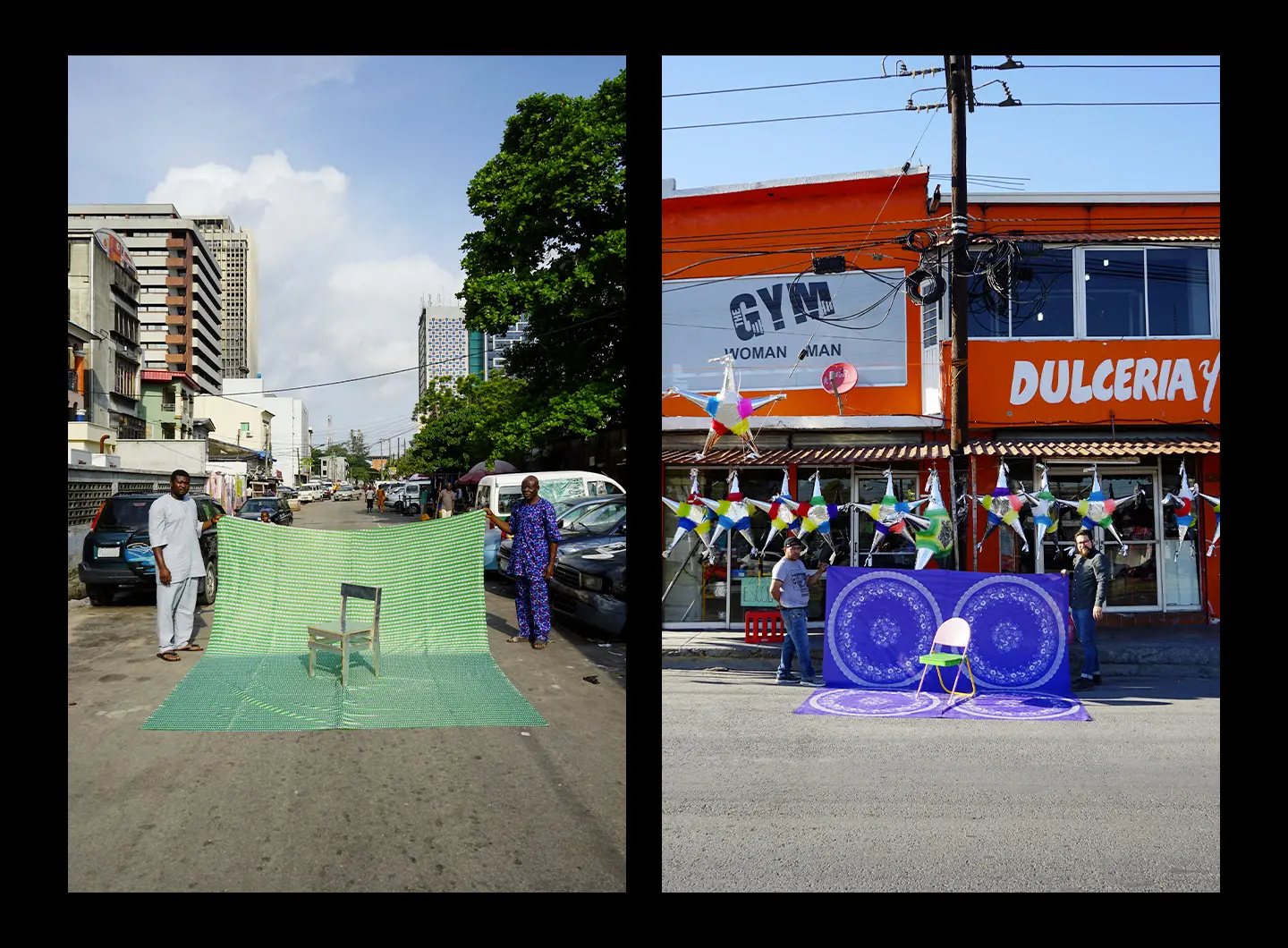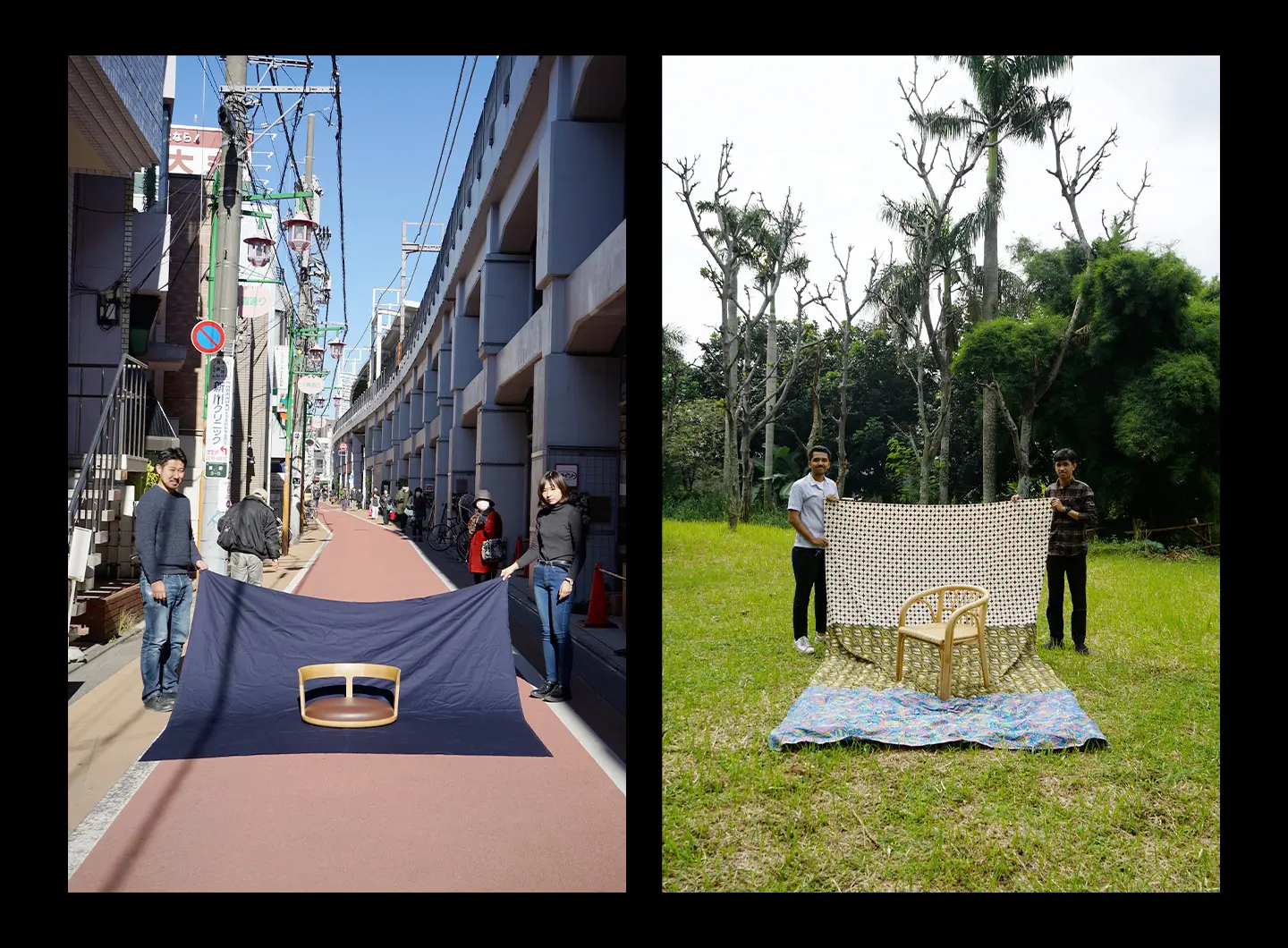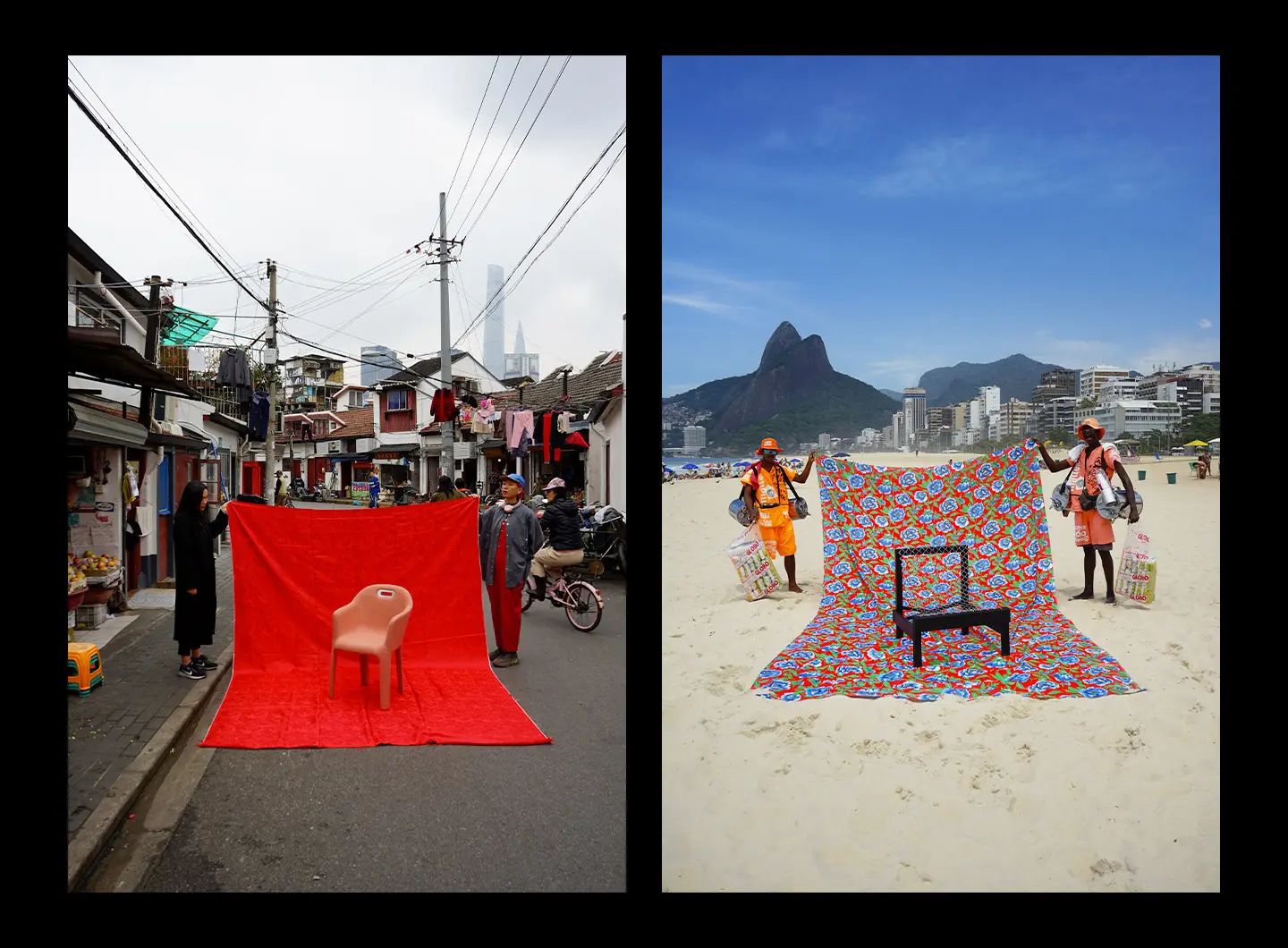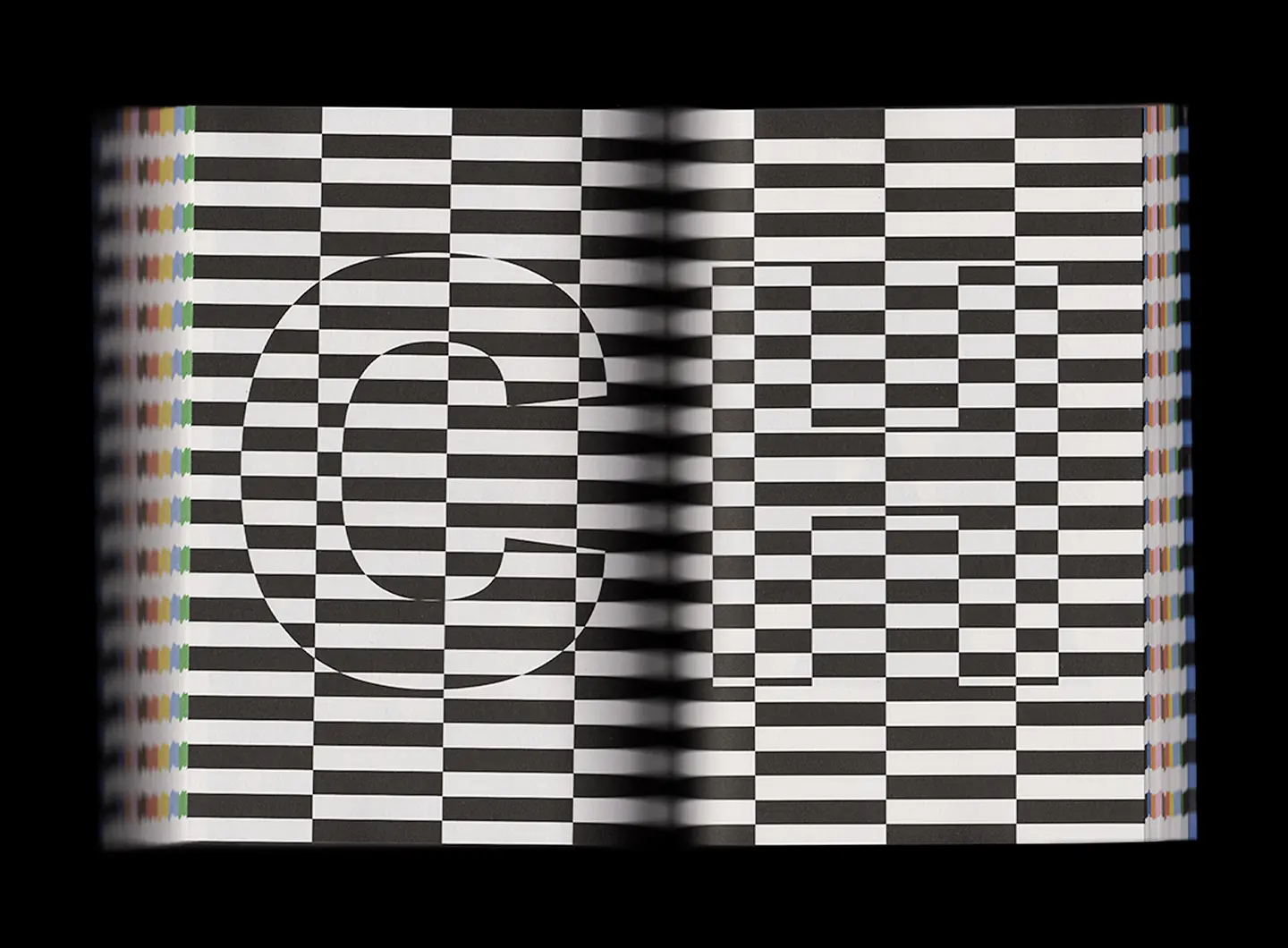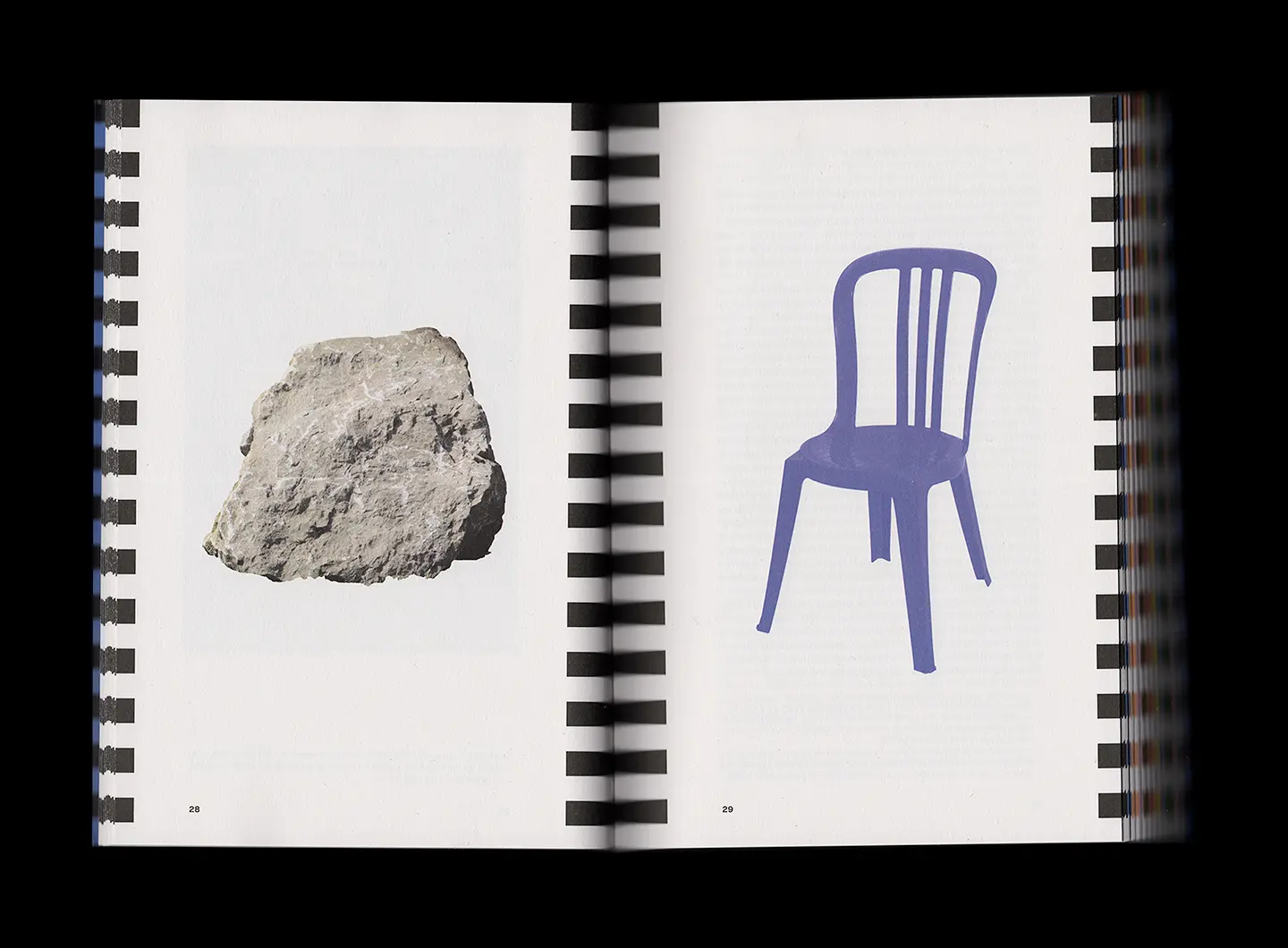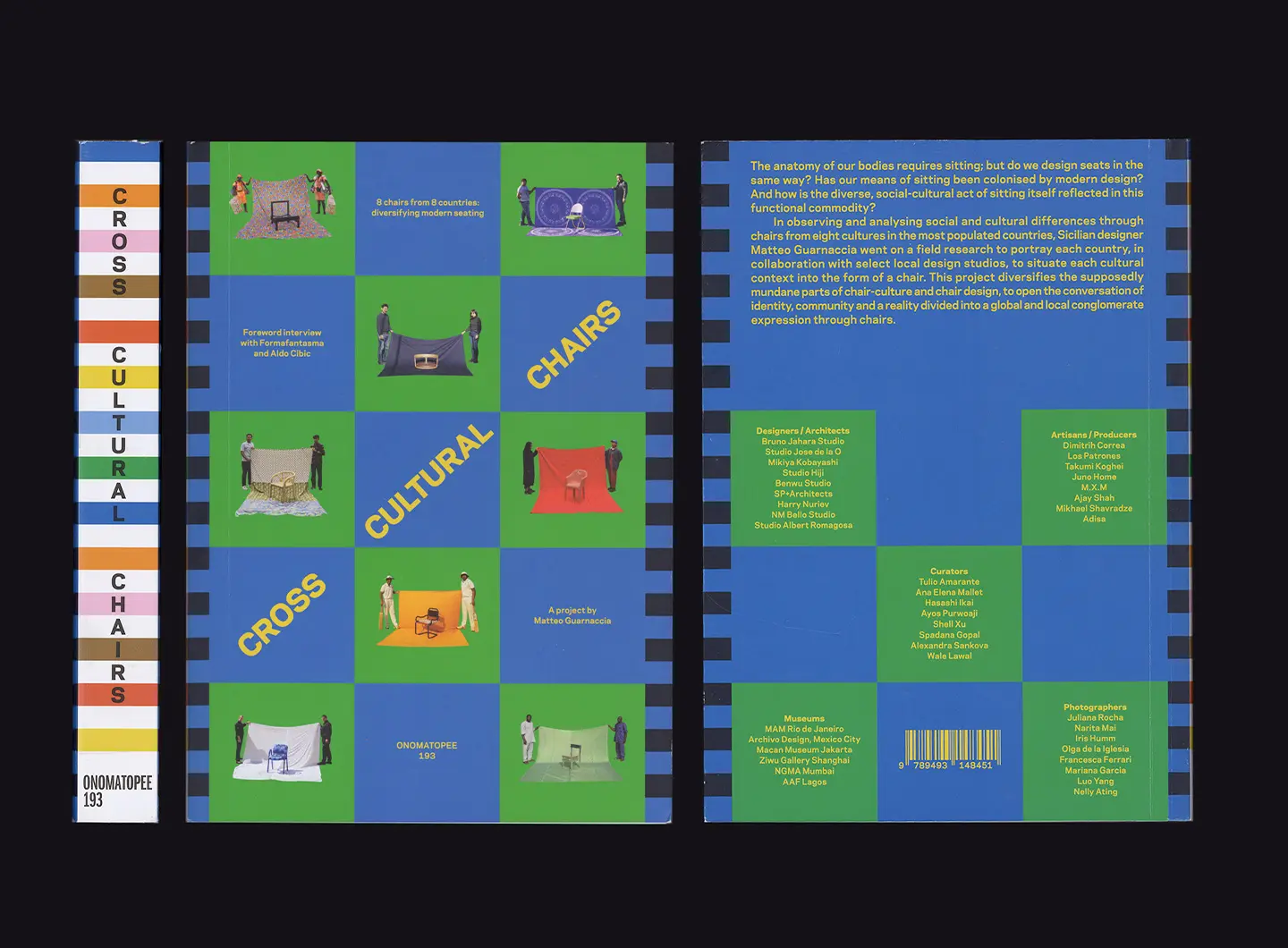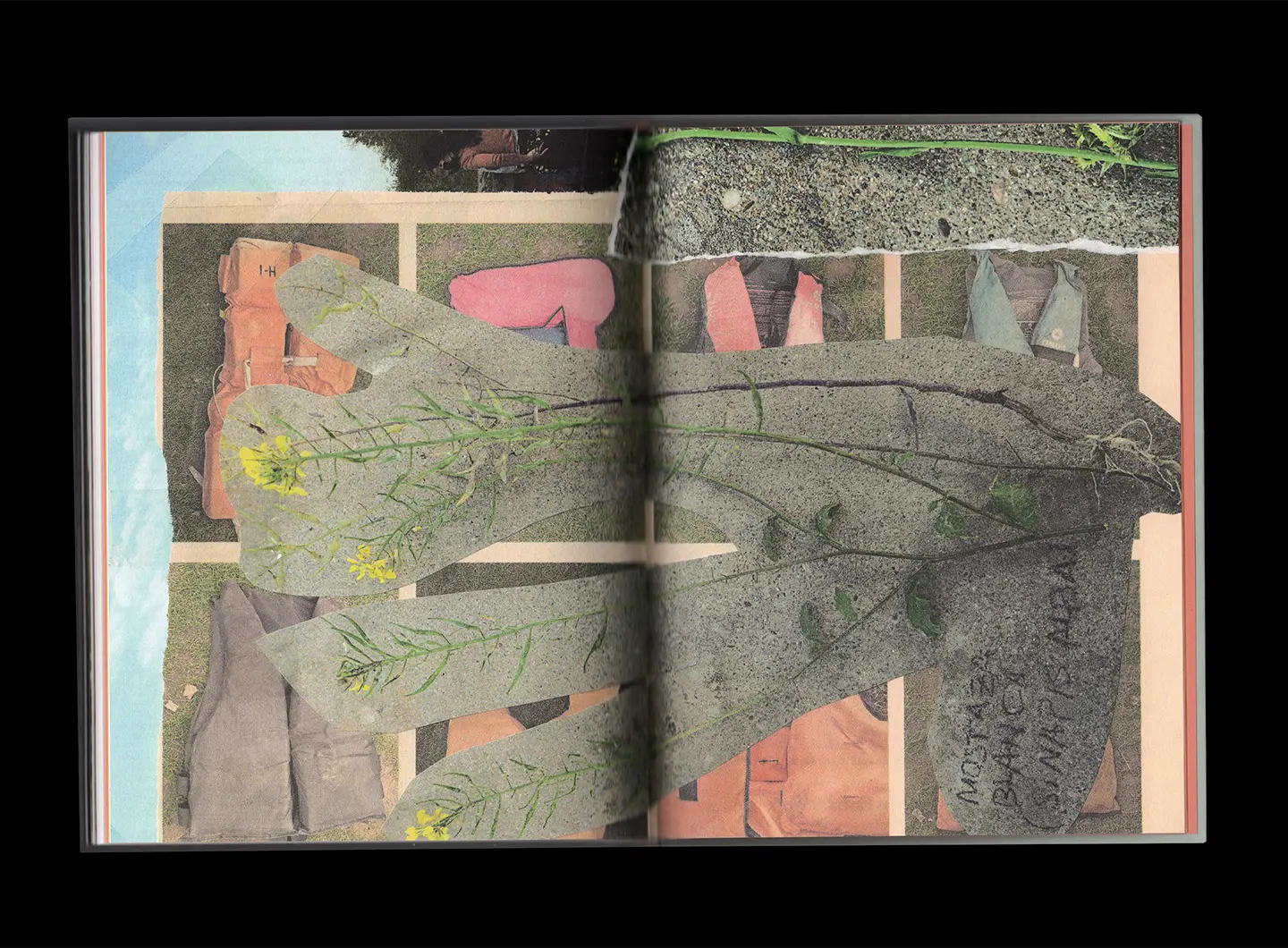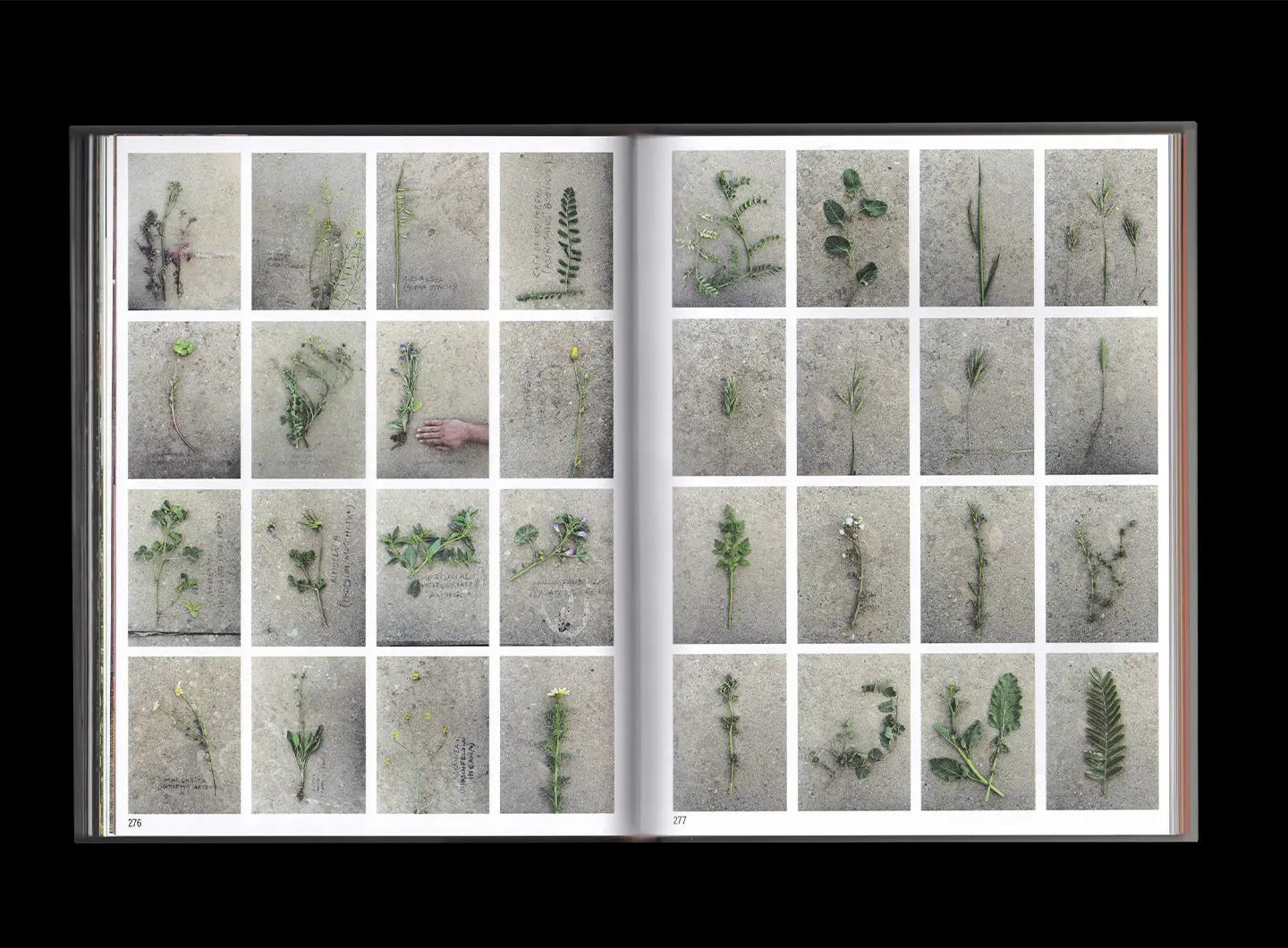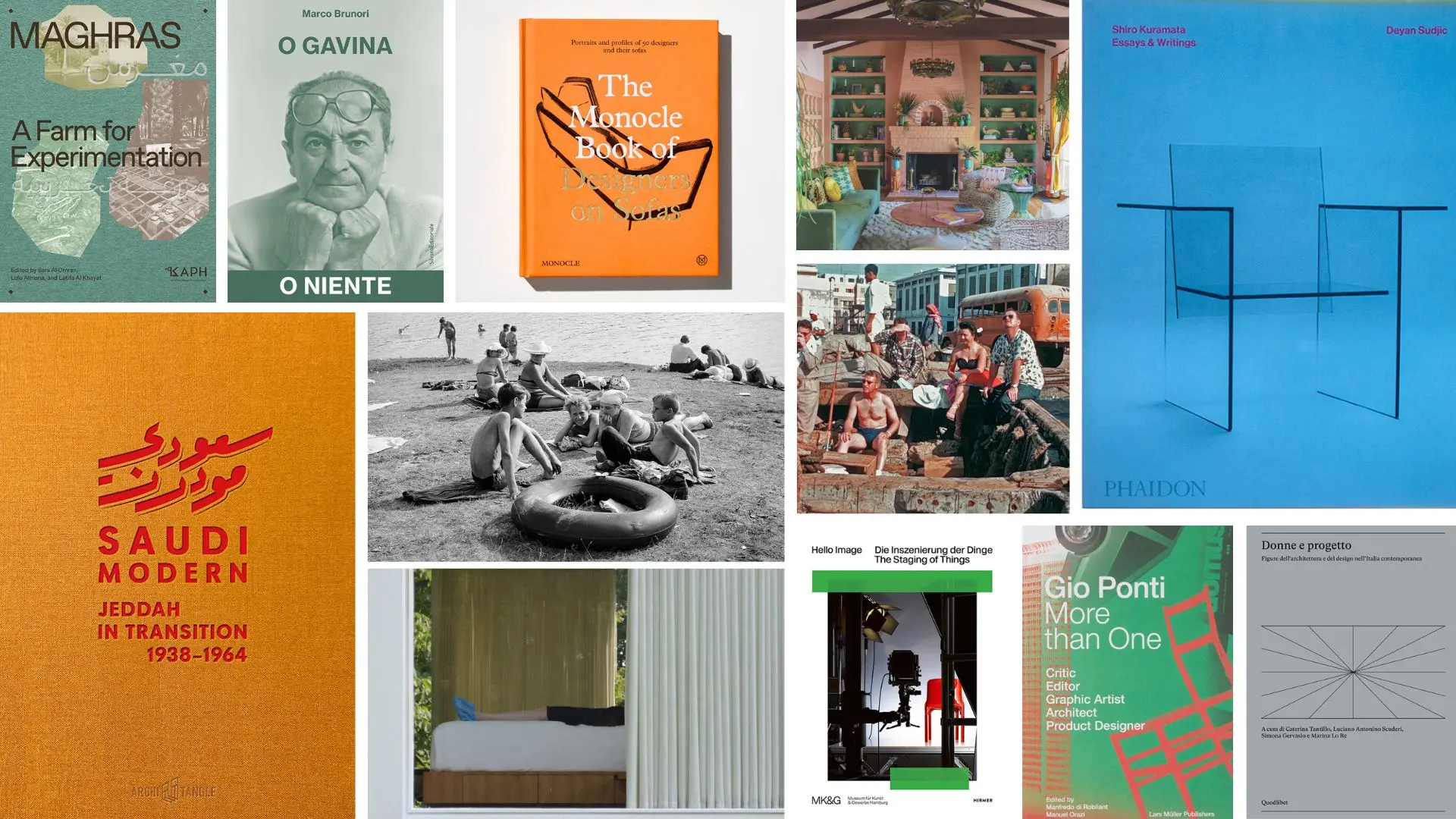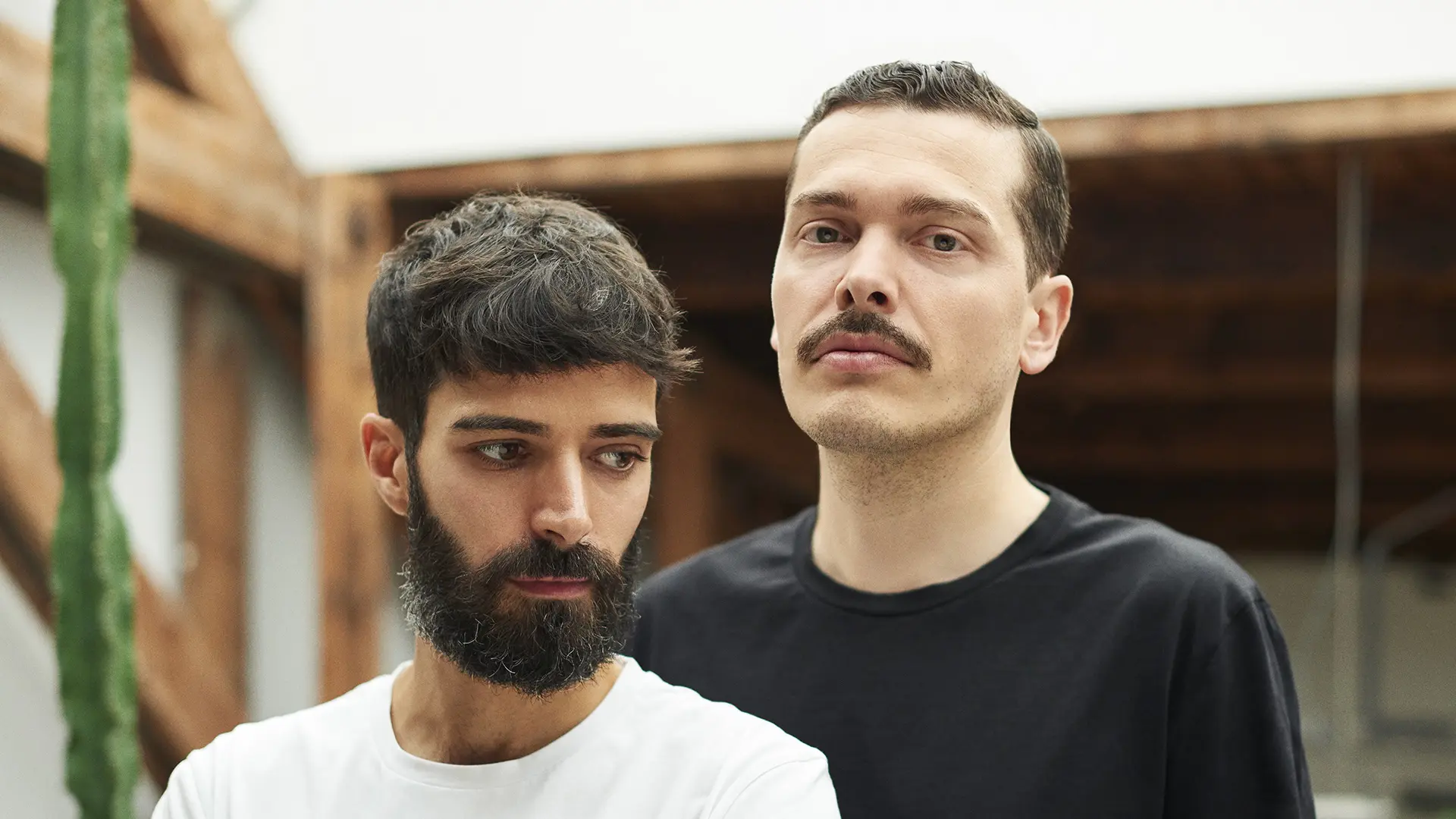A journey through women’s interior design, three iconic monographs and the links between design, photography and marketing, up to the transformation of Jeddah, social innovation and a reportage by Branzi and... 50 designers on the sofa
Matteo Guarnaccia: “Listening means developing empathy”
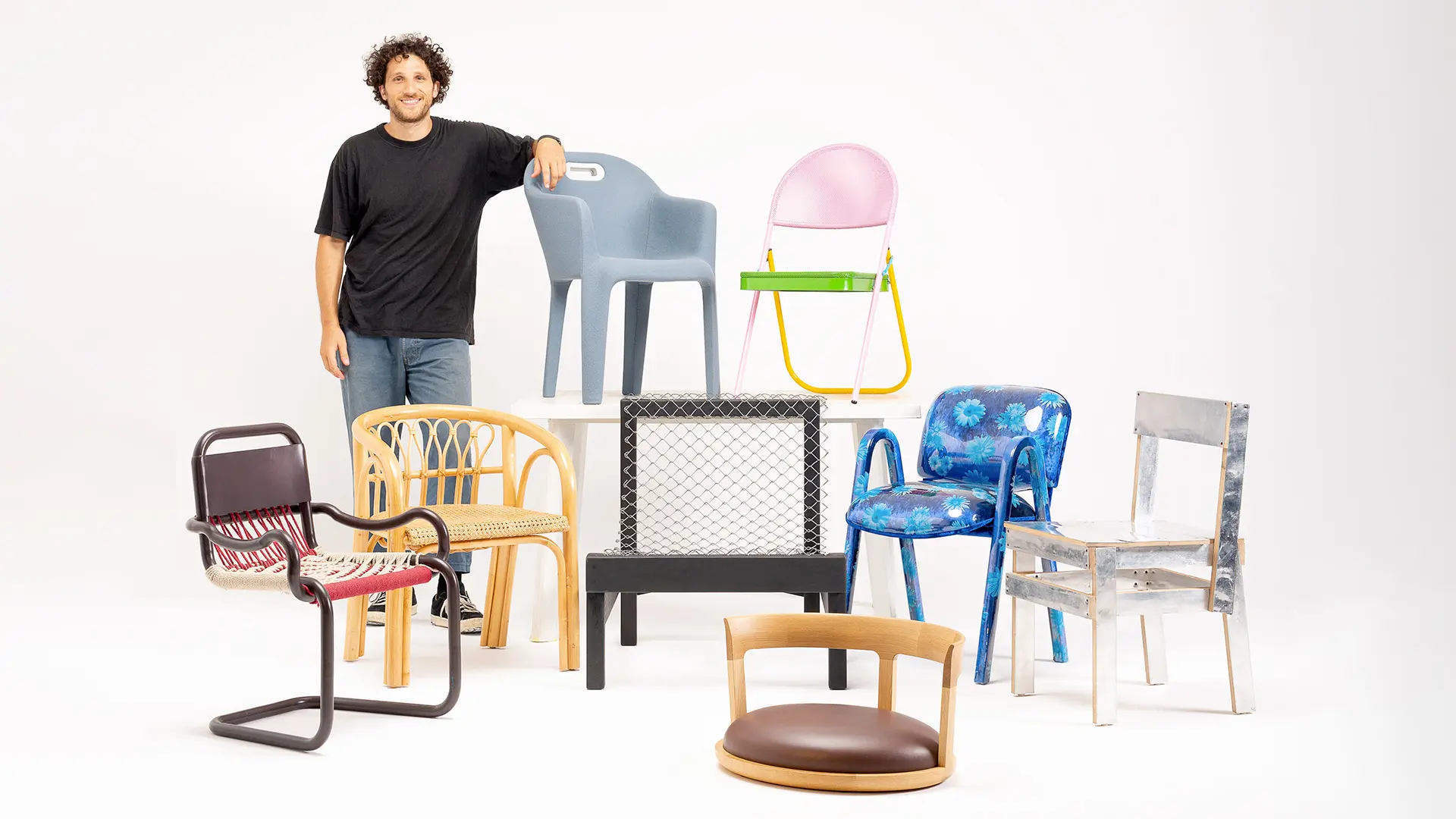
Matteo Guarnaccia, Cross Cultural Chairs
From cultural crossing to deep listening: the future of the Italian designer in four winning moves. Very industrial
Born in 1993, Matteo Guarnaccia’s Cross Cultural Chairs. 8 chairs from 8 countries: diversifying modern seating installation went on show at Base Milano back in 2020. It might have been due to our Covid-imposed reduced mobility or to the chairs themselves, always seen as the baptism of fire for any would-be designer, but the exhibition held at the Fuori-Supersalone was a wild media success, going so viral as to cause the author to distance himself from it two years later.
“The eight chairs have now finally entered the permanent collection of the Centraal Museum in Utrecht,” said Matteo with a barely perceptible sigh of relief. The ‘Sicilian designer based in Europe’ has been up and down the Old Continent and made his escape to Los Angeles at the tender age of sixteen. Now, in Spain, he basks in the memory of his native Catania, to which he hopes to return soon. His nostalgia was triggered by a flashback of Milan: “When the event was over, Ikea contacted me and referred to me as the chair ‘boy,’ I realised ‘we’re not there yet.’ In the sense that something wasn’t working on a communication level.” Because the Italian designer, who holds a diploma from IED in Barcelona and a Chair in Graphic Design, has a CV boasting extremely sophisticated research-related delvings. It is perfectly understandable that the field of exploration demarcated by the perimeter of a chair might prove somewhat narrow.
However, that exhibition in Tortona undeniably shook things up in terms of the discipline of design, readying it for the debate on what are now widely shared reflections among young and not-so young - from climate change to post colonialism, from feminism to non-extractive practices. These are the contemporary urgencies highlighted by Guarnaccia (to which the chairs are testament). “There are eight of them, one for each country: a grand tour that started in Brazil and ended in Nigeria, by way of Mexico, Japan, Indonesia, China, India and Russia. Each piece was made in collaboration with a local studio with which I mapped the cultural accents: each piece is a snapshot that tells of colonisation and capitalism, of craftsmanship and politics, of postures, materials and production processes,” a world map of replicable signs.
The both fun and universal aspect “was realising just how greatly this piece of furniture, indispensable in the homes of white-heterosexual people, is totally secondary at other planetary latitudes.” It is this sort of awareness that underpins Guarnaccia’s practice: “What relations with space and objects does man need?” A question that intersects with apparently distant disciplines and fields of design, constantly in search of an answer that is never identity-based but the result of a series of cultural crossings that culminate in an all-round idea, the kaleidoscopic complexity of today.
The first move is observation. “In Holland, half the people invited to the openings in the art and design world wear Salomons, trekking shoes … and there aren’t even any mountains in Holland,” which makes one want to smile thinking about certain Milanese private views. “But, irony aside, the outfit betrays an intention to get closer to nature, albeit in the city.” This prompted the idea of founding the Radical Outdoor Club and inviting people to really explore mountains and experience ecology actively. Certainly, the example of the practice honed by Formafantasma is a beacon of light, but it’s not enough, “and the universities still haven’t managed to come up with a training course capable of systematising the contemporary. The pieces selected for The New Collective Landscape exhibition on the new course of Italian design provide a snapshot of creativity nurtured by craft on the cusp of the collectable. But this doesn’t fit with the world of large-scale production,” and despite wanting to take on the industrial side of product design, Matteo Guarnaccia, like many of his peer group, finds himself intimidated by it.
Building dialogues is the second move. Along with Francesco Tagliavia, Michele Galluzzo, Noemi Biasetton, Ilaria Palmeri, a group of researcher, artist and designer friends, Guarnaccia tackled fragility in his own way, by exploring the ADI show in order to map the forays into the natural world and try to understand what and how to tie them in with the ‘product’ dimension. “The aim is to present them to the public at the next Salone del Mobile and throw open the discussion.”
Learning how to listen is the third move. “As the composer Pauline Oliveros teaches, the secret lies entirely in ‘Deep Listening’ — a practice that also drove the setting up of The Listening Affect festival in Porto, organised in tandem with the collective Institute for Postnatural Studies: the practice can radically change our approach to all acoustic phenomena, enabling us to envision a new meaning for the spaces we inhabit and granting us an unprecedented relationship with the vibrating matter that surrounds us.” Listening as a tool for relating to people, other species and our surroundings - yet another example of the crossover that industrial design so desperately needs. “Listening means developing empathy, and empathy is crucial in order to live better, in harmony with the environment,” he concludes. The fourth move? Breaking into Made in Italy.


 Stories
Stories
